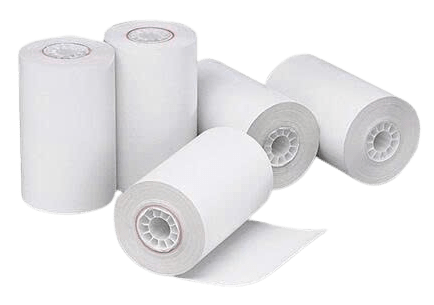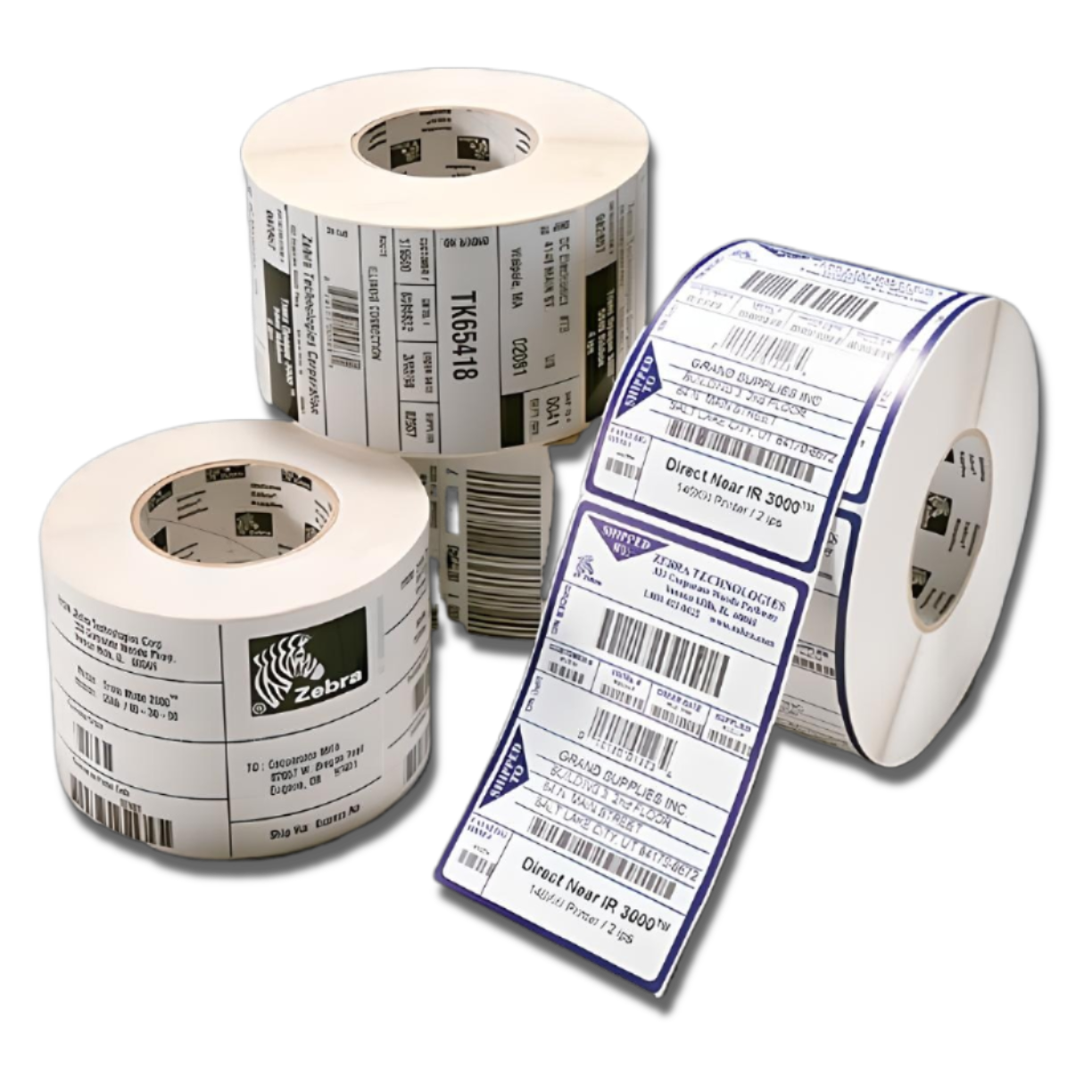
RFID printers represent a modern printing solution widely adopted across Industry 4.0 applications. To better understand what this device is and how it functions, let’s explore its definition and categories below.
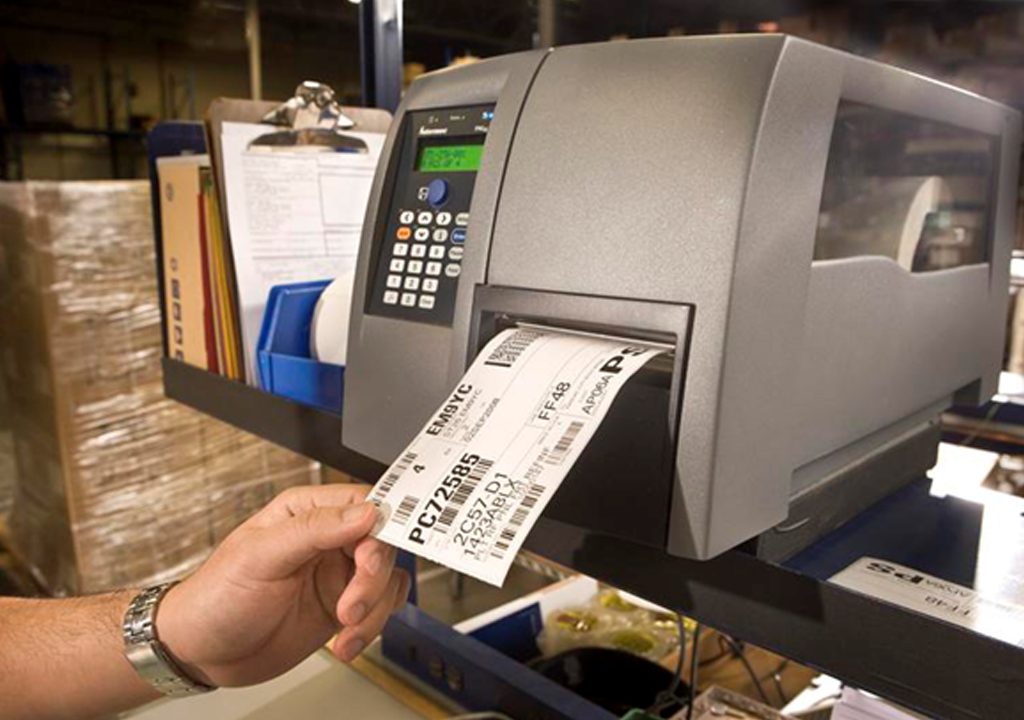
What Is an RFID Printer?
An RFID printer is a device that both prints and encodes data onto RFID tags simultaneously. Leveraging advanced Radio Frequency Identification (RFID) technology, these printers are currently the only solution that uses radio waves to automate the traditionally manual process of encoding each tag. This results in significant time savings for users. RFID printers are capable of printing both human-readable information and encoded data, such as graphics or 1D and 2D barcodes.
Even in use cases where tag printing is not required, RFID printers maintain a distinct advantage in encoding speed. For example, industrial-grade RFID printers can operate at speeds up to 14 inches per second—equivalent to more than six 2-inch tags per second.
Types of RFID Printers
RFID printers can be classified in several ways, most commonly based on their intended use. Under this method, there are three primary categories:
1. Industrial RFID printers
Industrial RFID printers are designed for high-volume usage, typically exceeding 10,000 tags per day. These devices are known for their durability and are suitable for use in a wide range of demanding environments. They are ideal for applications requiring mass production of product labels on a daily basis.
2. Desktop RFID printers
As the name suggests, desktop RFID printers are designed for use in office or light industrial settings. They are generally used for printing moderate volumes—typically over 500 tags per day—and for tagging a medium number of items. These printers often feature user-friendly designs suited to both personal and business applications.
3. Mobile RFID printers
Though less common than industrial or desktop models, mobile RFID printers offer convenience in large environments such as warehouses or shipping yards. Their portability allows operators to encode tags directly at the point of application, reducing movement and increasing efficiency.
In addition to usage-based classifications, RFID printers can also be categorized by tag compatibility.
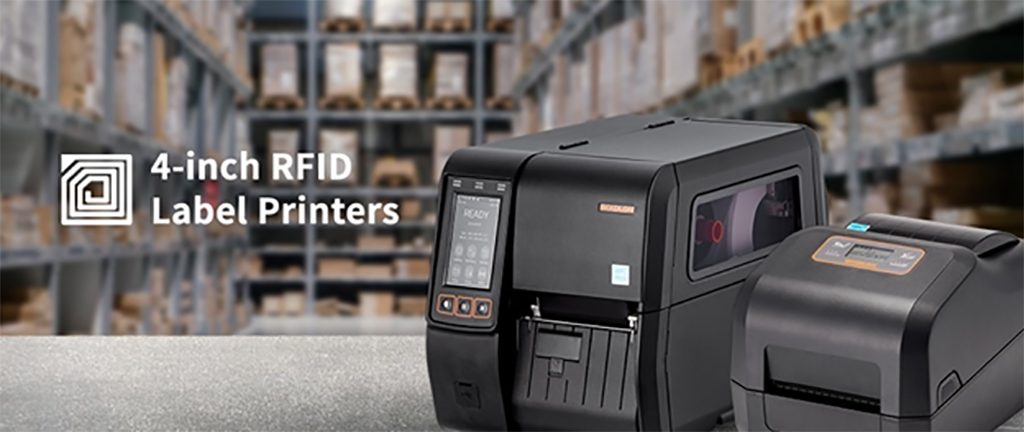
Classification by RFID Tag Type
Frequency
The most common type of RFID printer today is the UHF (Ultra High Frequency) passive RFID printer, which operates within the 860–960 MHz range. Other types include NFC and HF printers, which work at the 13.56 MHz frequency. Although similar in appearance to UHF printers, their encoding components differ to accommodate these specific frequency bands.
Specialized printers
Specialized RFID printers are tailored for specific applications, such as printing on rigid cards or metal-foil tags. These types of tags are typically not supplied in rolls, and must be fed individually. Standard RFID printers cannot effectively process these tags; instead, specialized equipment and compatible thermal ribbons are required. As the market sees more demand for unique tag formats, the need for specialized printers has steadily increased.
How RFID Printers Work
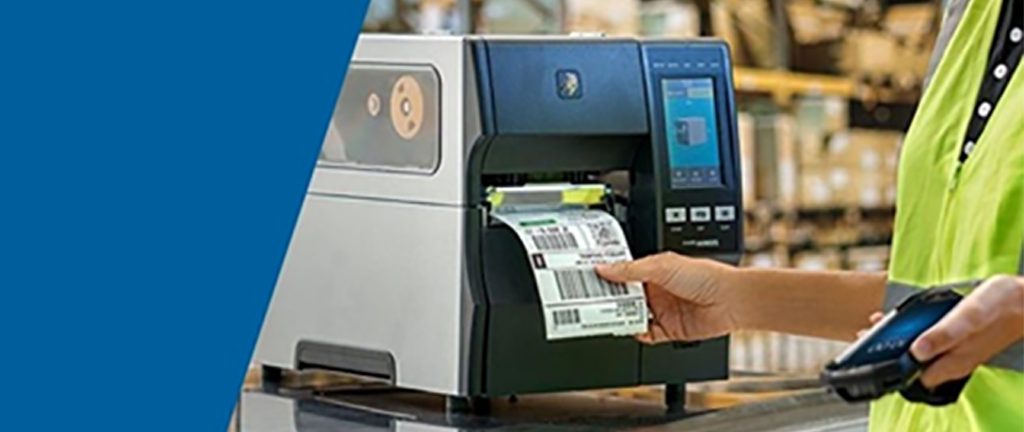
RFID printers utilize one of two thermal printing methods: Direct Thermal or Thermal Transfer.
Direct thermal printing
Direct thermal printing is widely used in industries where consistent printing of text or imagery is required, such as for receipts. This process involves heating the printhead, which contacts heat-sensitive paper to produce the image or text. If the paper lacks the required chemical coating, the image will not appear.
Although direct thermal printers may have a higher upfront cost than ink or laser printers, they eliminate the need for ongoing ink replacement, offering long-term cost savings. However, the printed media is vulnerable to heat, light, and abrasion, which can result in fading. Therefore, this method is not recommended for long-term labeling. It is most suitable for temporary labels such as shipping tags, receipts, parking tickets, and short-term logistics use. Most mobile RFID printers employ direct thermal technology.
Thermal transfer printing
Thermal transfer printing is preferred for RFID label production where durability is essential. This method involves heating the printhead to melt a thermal ribbon, transferring its pigment onto the label surface.
Thermal transfer printing offers high resistance to environmental factors and ensures long-lasting labels. An added benefit is that the ribbon acts as a protective barrier, shielding the printhead from dust and debris—thereby extending its lifespan. However, this method incurs additional costs due to the need for specialized ribbons.






